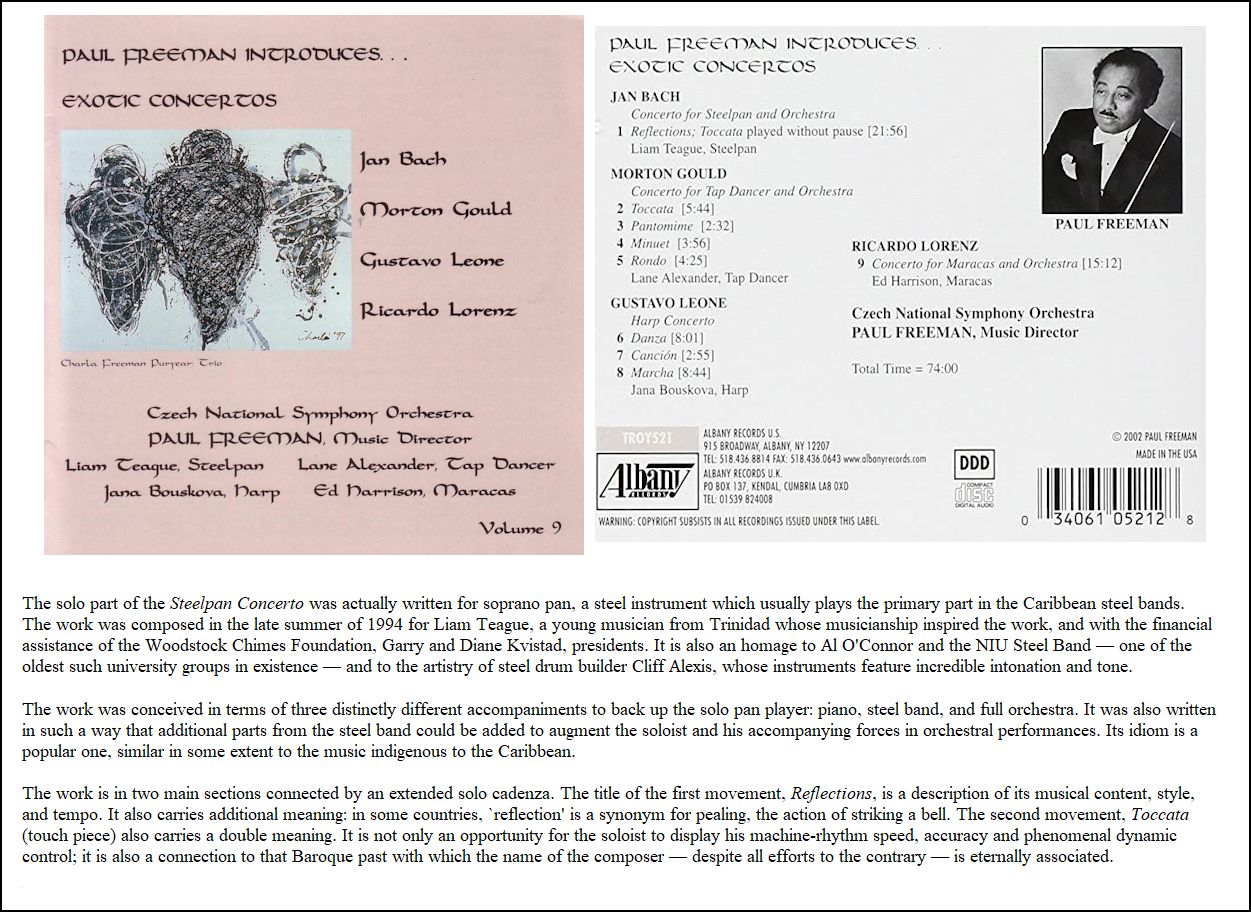Jan Bach was born December 11, 1937 in Forrest, Illinois. He earned a Bachelor of Music degree in 1959 from the University of Illinois at Urbana-Champaign and a Doctor of Musical Arts degree in composition there in 1971. His teachers included Robert Kelly and Kenneth Gaburo. He also studied with Aaron Copland and Roberto Gerhard at Tanglewood in 1961 and with Thea Musgrave in Aldeburgh and London in 1974.
In 1957 he won the BMI Student Composers first prize. He later won
the Koussevitsky competition at Tanglewood, the Harvey Gaul Composition
Contest, the Mannes College opera competition, the Sigma Alpha Iota
choral composition award, first prize at the First International Brass
Congress in Montreux, Switzerland, grants from the National Endowment
for the Arts and the Illinois Arts Council, the Brown University choral
composition award, first prize in the Nebraska Sinfonia chamber orchestra
competition, and first prize in the New York City Opera competition.
He has been nominated six times for the Pulitzer Prize in music, and
in 1982, he was awarded a Presidential Research Professorship grant.
From 1962 to 1965 he was associate first horn in the U. S. Army Band at Fort Myer in Arlington, Virginia. Upon discharge, he taught for one year at the University of Tampa, Florida, and played in the orchestras of Tampa and St. Petersburg. Since 1966 he has taught theory and composition courses at Northern Illinois University in DeKalb. In 1978 he was selected as one of three professors receiving the Excellence in Teaching award; in 1982 he was recipient of one of the first eight prestigious Presidential Research Professorship grants instituted by the university. For six years he was Northern Illinois University's nominee for the national CASE Professor of the Year award. Although taking an early retirement in 1998, he continued to teach one course each semester at the NIU School of Music until June of 2004.
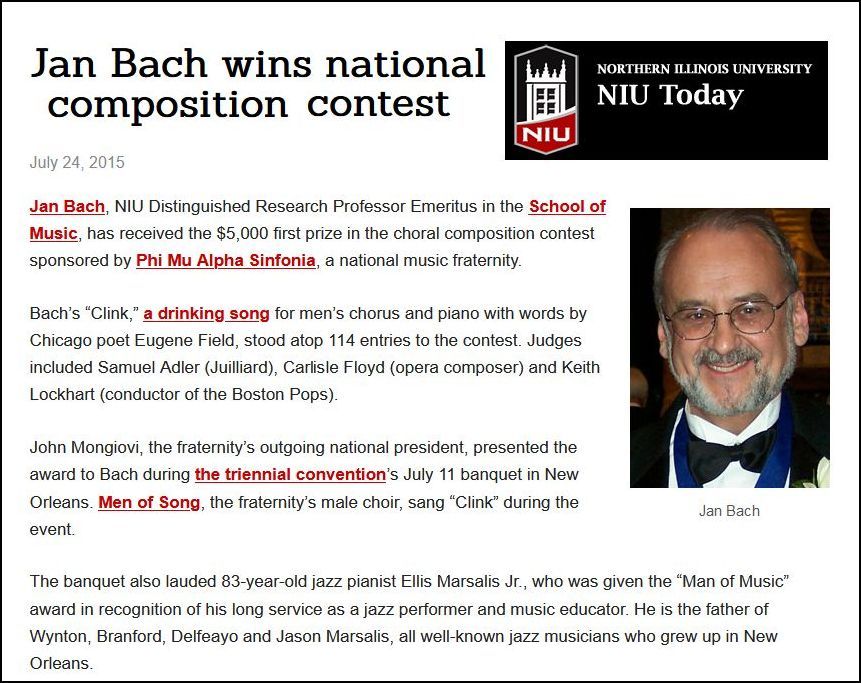
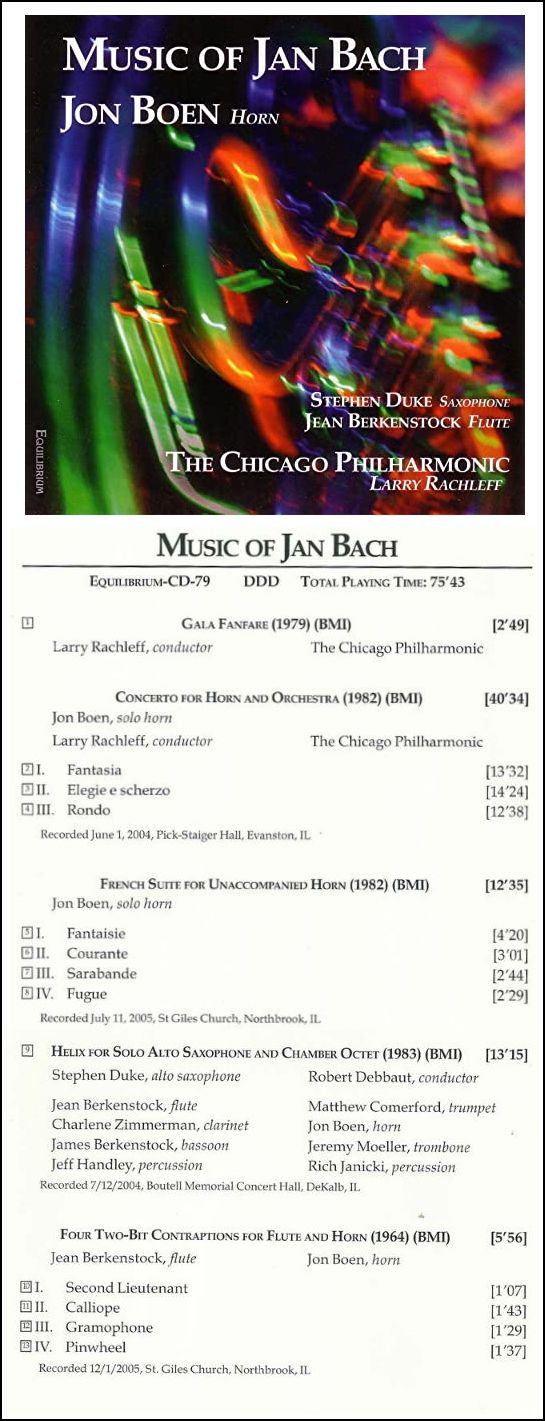 Being at Northern Illinois University, which is in DeKalb,
about fifty miles west of Chicago, Jan Bach came into the city quite
often. In October of 1990, we arranged to meet at my home-studio
for an interview. He was glad to meet with me, having heard my programs
for a few years on WNIB, Classical 97.
Being at Northern Illinois University, which is in DeKalb,
about fifty miles west of Chicago, Jan Bach came into the city quite
often. In October of 1990, we arranged to meet at my home-studio
for an interview. He was glad to meet with me, having heard my programs
for a few years on WNIB, Classical 97.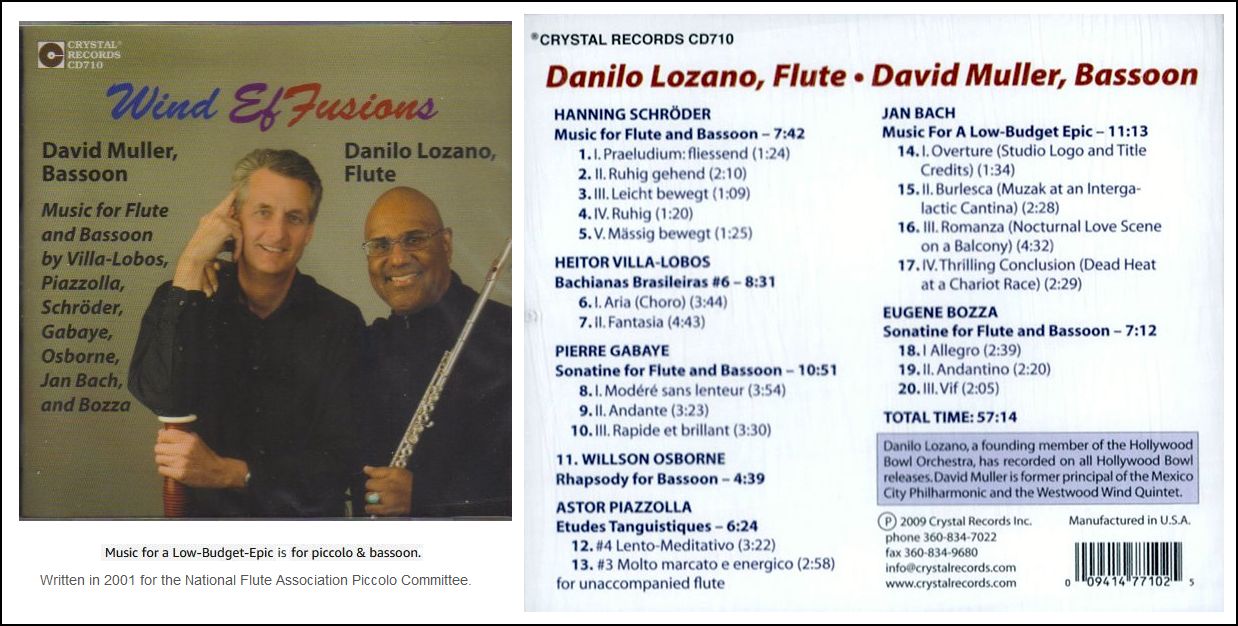
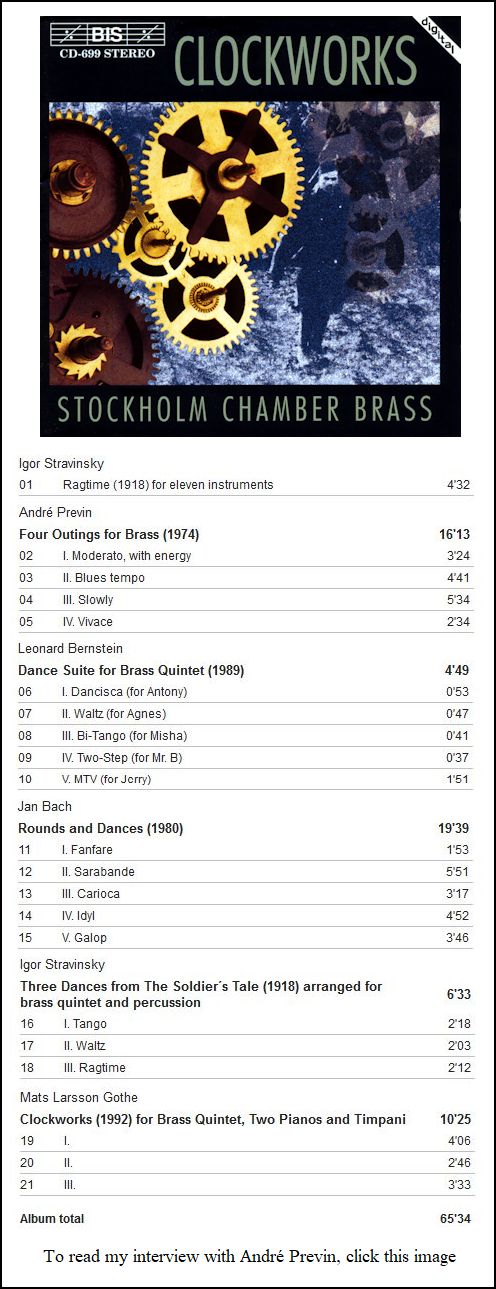 BD: Coming back to the audience, are you conscious
of them when you’re writing?
BD: Coming back to the audience, are you conscious
of them when you’re writing?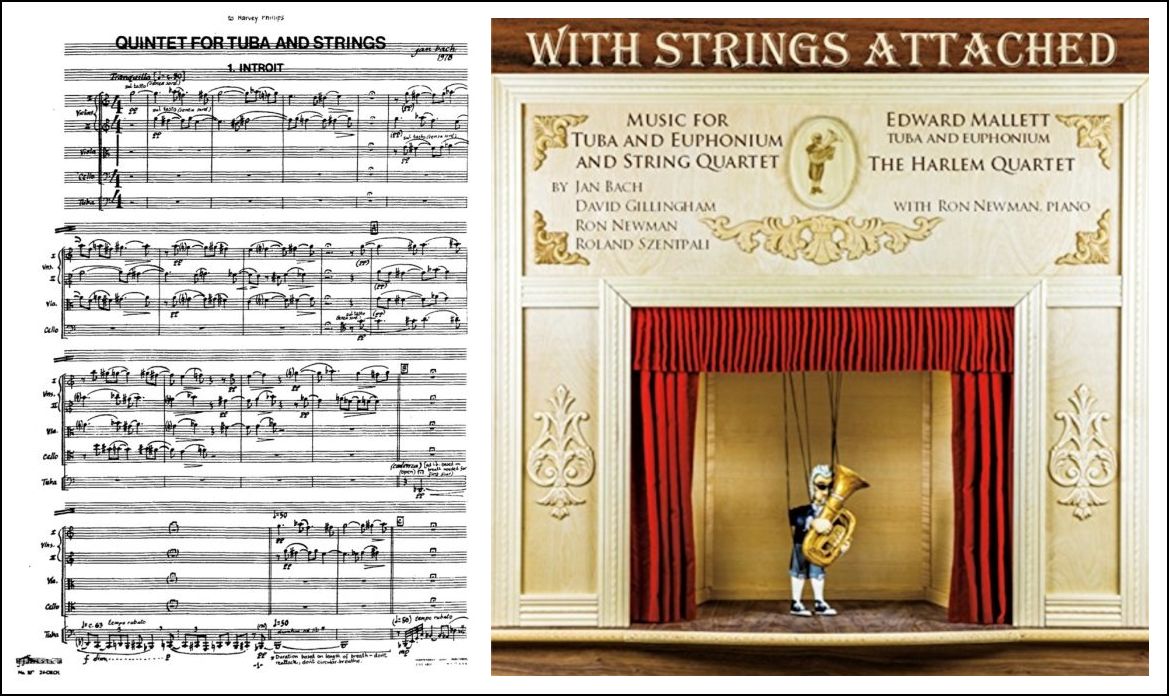
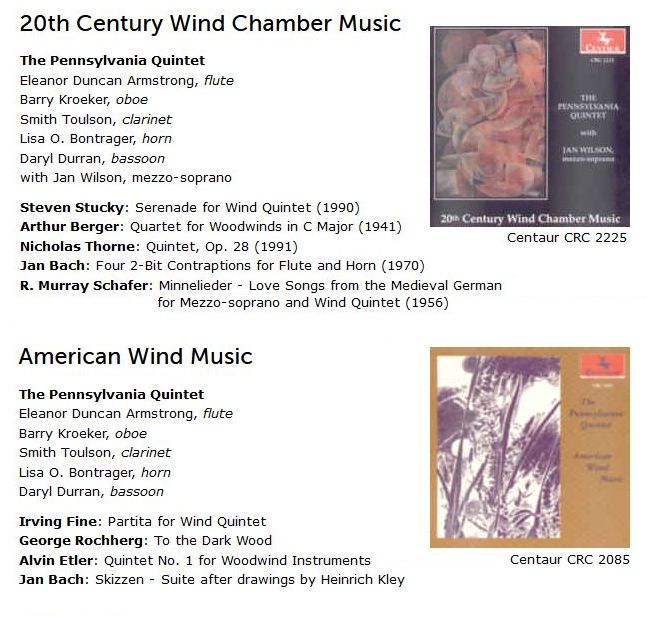 BD: Is there a connection between Spike Jones and
PDQ Bach? The thing that makes PDQ Bach funny is the fact that
it is accurate. His analysis of the Beethoven Fifth is a
hundred percent on the money. If he were just taking it off and
just doing everything and making it wrong, it wouldn’t be funny.
BD: Is there a connection between Spike Jones and
PDQ Bach? The thing that makes PDQ Bach funny is the fact that
it is accurate. His analysis of the Beethoven Fifth is a
hundred percent on the money. If he were just taking it off and
just doing everything and making it wrong, it wouldn’t be funny. 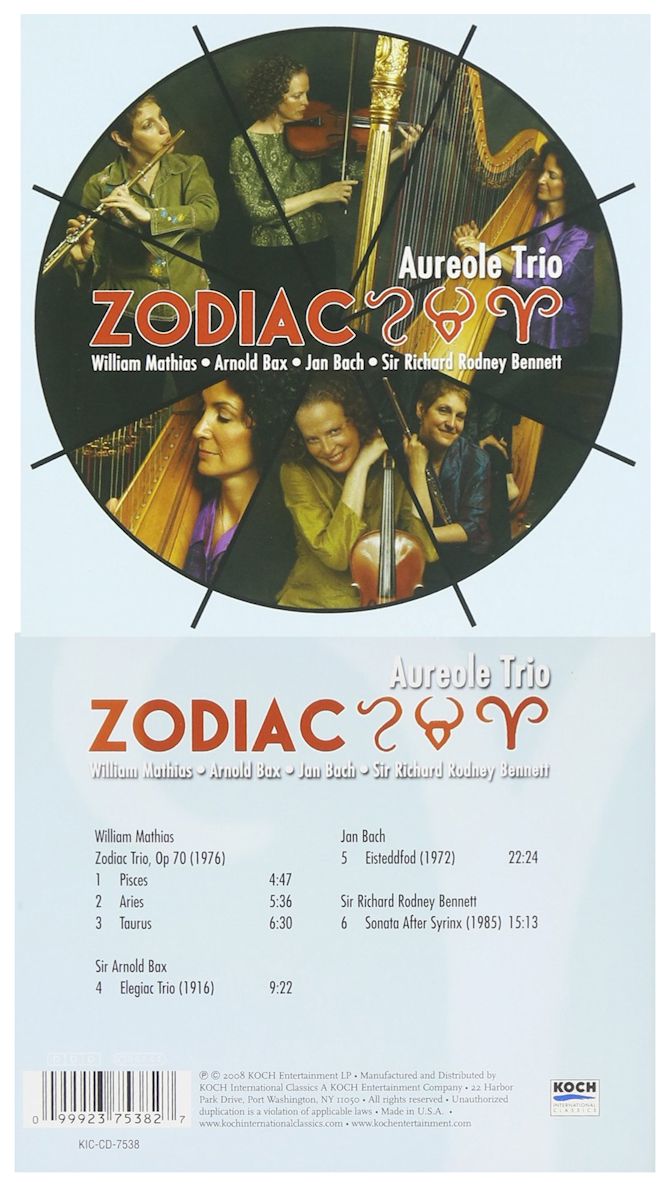 Bach: No doubt about it. I’m
not that great a composer, but I’d be really awful if I had never
learned to play an instrument or played in an ensemble, because at
least I know what the expectations are. I know, for instance,
you can’t have the music written in as difficult a fashion for a full
orchestra as you can for a solo group, or a small chamber ensemble.
There’s a much more finely honed ensemble experience in a small group,
which is why a lot of orchestral strings like to get together into small
string quartets and play. When you’ve got the full group there,
some of the sounds sort of blur, and you can’t be quite as exact when
attacking specific notes. The tone certainly doesn’t vary as much
when you’ve got a chorus of people all playing at once on the same part,
so you have to keep that in mind. You might create a very interesting
rhythm and love to use it, but you think you’d better save it for the
next chamber piece, and not use it for this orchestra piece. You
have to keep in mind, if nothing else, that there’s going to be a distance
of thirty-five or forty feet between the concert master and the tuba player,
and the tuba also may be much slower-speaking once he puts the air through
the horn.
Bach: No doubt about it. I’m
not that great a composer, but I’d be really awful if I had never
learned to play an instrument or played in an ensemble, because at
least I know what the expectations are. I know, for instance,
you can’t have the music written in as difficult a fashion for a full
orchestra as you can for a solo group, or a small chamber ensemble.
There’s a much more finely honed ensemble experience in a small group,
which is why a lot of orchestral strings like to get together into small
string quartets and play. When you’ve got the full group there,
some of the sounds sort of blur, and you can’t be quite as exact when
attacking specific notes. The tone certainly doesn’t vary as much
when you’ve got a chorus of people all playing at once on the same part,
so you have to keep that in mind. You might create a very interesting
rhythm and love to use it, but you think you’d better save it for the
next chamber piece, and not use it for this orchestra piece. You
have to keep in mind, if nothing else, that there’s going to be a distance
of thirty-five or forty feet between the concert master and the tuba player,
and the tuba also may be much slower-speaking once he puts the air through
the horn.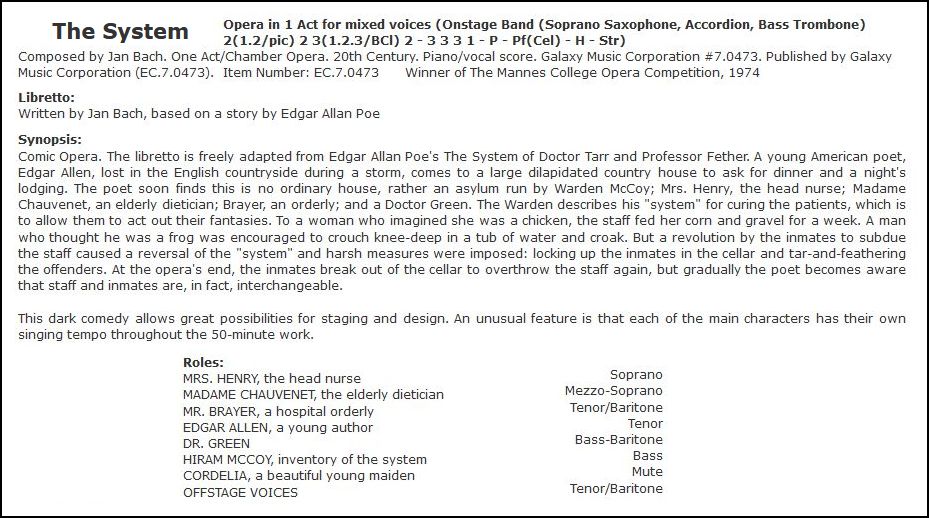
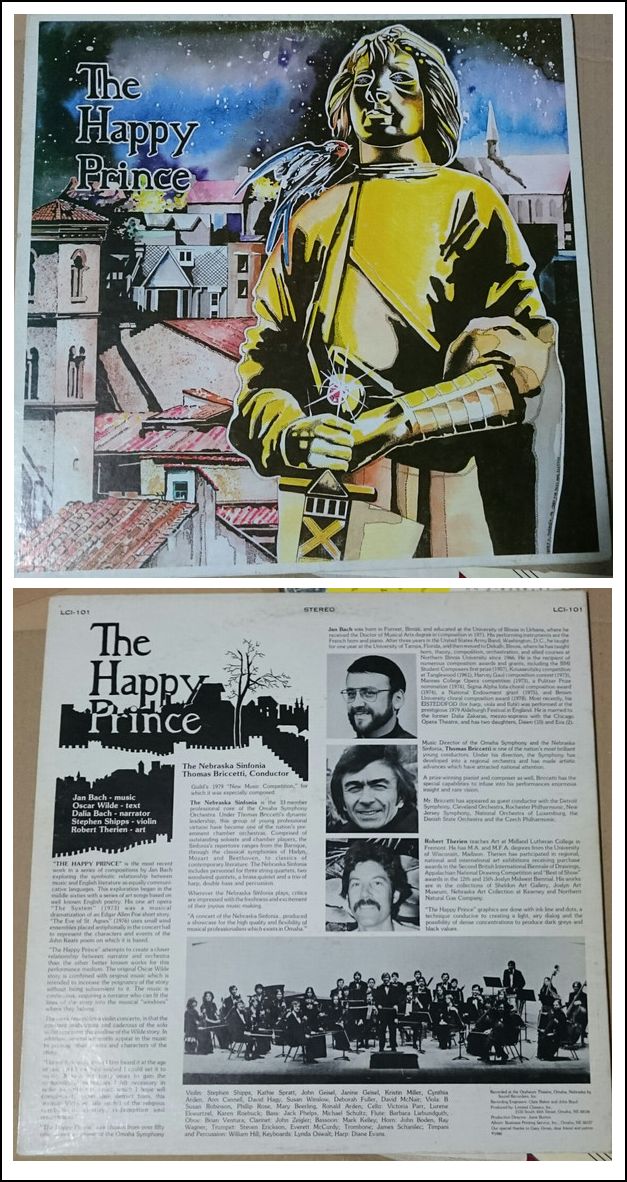 BD: I know that in the same building,
one apartment can get us perfectly, clear as a bell, and the guy in
the next apartment, or one floor up, can’t get us at all.
BD: I know that in the same building,
one apartment can get us perfectly, clear as a bell, and the guy in
the next apartment, or one floor up, can’t get us at all.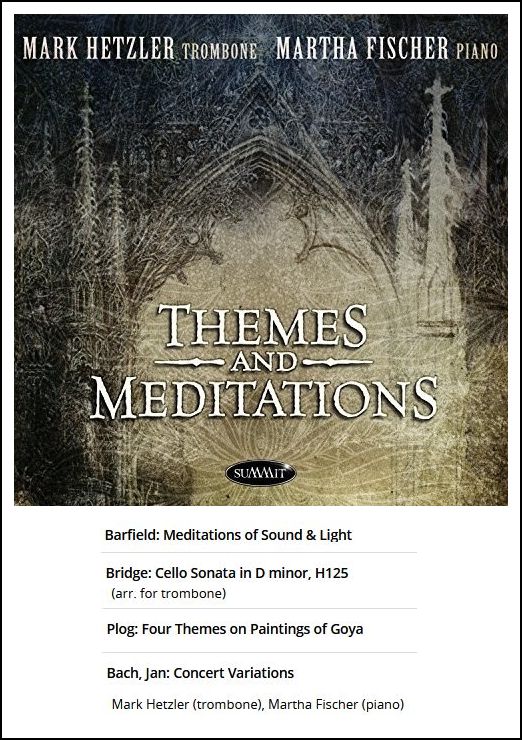 Bach: They did flow out to the extent
that I had time. The catalyst for it was the birth of our second
daughter, Eva, and when I wrote the piece, I dedicated it to both Dawn
and Eva, our two children. Actually, I started before she
was born. I started writing it in December, after the first semester
of teaching was over in 1977, and she was born in January of ’78. I
didn’t get anything written for the next couple of months after that.
[Laughs] There was just too much activity in the house!
But then, when school was out in May, I wrote the rest of it.
I had been trying to kick a cigarette habit for a long time, and that
was one of the times when I stopped smoking and was basically OD-ing
on jellybeans. I think that sugar did something to me, because it’s
one of the most involved scores I’ve ever written. It was, for
me, a kind of breakthrough of a lot of new techniques that I had not used
before, and they were all in the main of illustrating the story.
For instance, near the end of the story, every instrument of the orchestra
has simultaneous cadenzas. This is where the words the narrator is
speaking are about how all the town councilors argued among themselves.
Bach: They did flow out to the extent
that I had time. The catalyst for it was the birth of our second
daughter, Eva, and when I wrote the piece, I dedicated it to both Dawn
and Eva, our two children. Actually, I started before she
was born. I started writing it in December, after the first semester
of teaching was over in 1977, and she was born in January of ’78. I
didn’t get anything written for the next couple of months after that.
[Laughs] There was just too much activity in the house!
But then, when school was out in May, I wrote the rest of it.
I had been trying to kick a cigarette habit for a long time, and that
was one of the times when I stopped smoking and was basically OD-ing
on jellybeans. I think that sugar did something to me, because it’s
one of the most involved scores I’ve ever written. It was, for
me, a kind of breakthrough of a lot of new techniques that I had not used
before, and they were all in the main of illustrating the story.
For instance, near the end of the story, every instrument of the orchestra
has simultaneous cadenzas. This is where the words the narrator is
speaking are about how all the town councilors argued among themselves.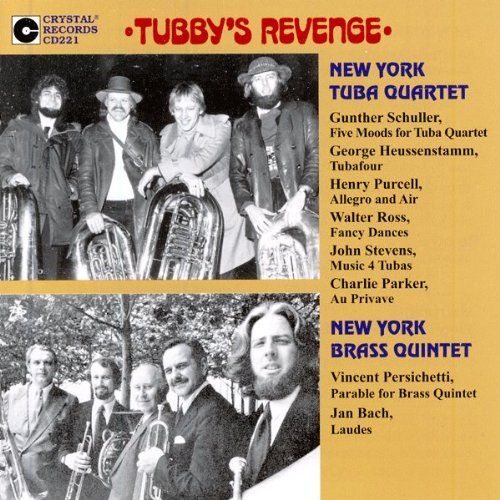 BD: Are you basically pleased with
the other recordings that have been made of your music?
BD: Are you basically pleased with
the other recordings that have been made of your music? 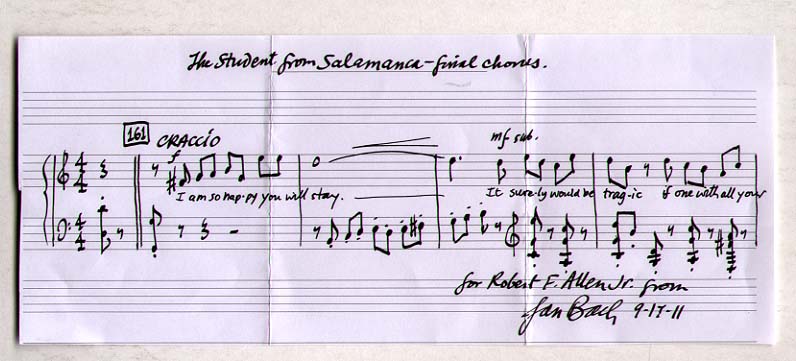 Bach: This was The Student from
Salamanca. It was on a triple bill with works by Tom Pasatieri
and Stanley Silverman, and they were so worried about the piece going
longer than it was intended to. It was supposed to go no longer
than an hour, and it was an hour and five minutes, so they asked me to
chop ten minutes off it. Naturally, what they suggested was that
I chop off the slowest music, but it threw the whole piece into the wrong
proportions and wrong scale, because now we had no really slow music
to offset the fast scurrying music. The thing was about an old
man and a young wife.
Bach: This was The Student from
Salamanca. It was on a triple bill with works by Tom Pasatieri
and Stanley Silverman, and they were so worried about the piece going
longer than it was intended to. It was supposed to go no longer
than an hour, and it was an hour and five minutes, so they asked me to
chop ten minutes off it. Naturally, what they suggested was that
I chop off the slowest music, but it threw the whole piece into the wrong
proportions and wrong scale, because now we had no really slow music
to offset the fast scurrying music. The thing was about an old
man and a young wife.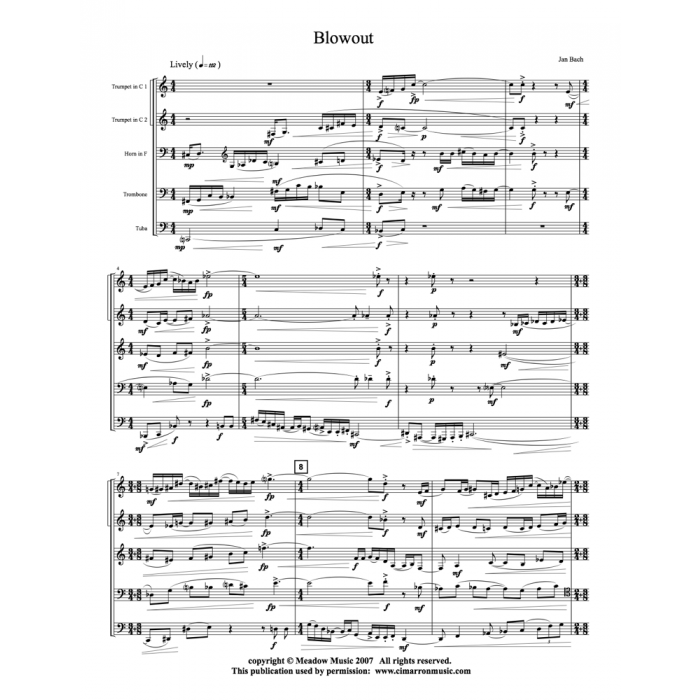 BD: You do a lot of teaching. What advice
do you have for young composers coming along?
BD: You do a lot of teaching. What advice
do you have for young composers coming along?